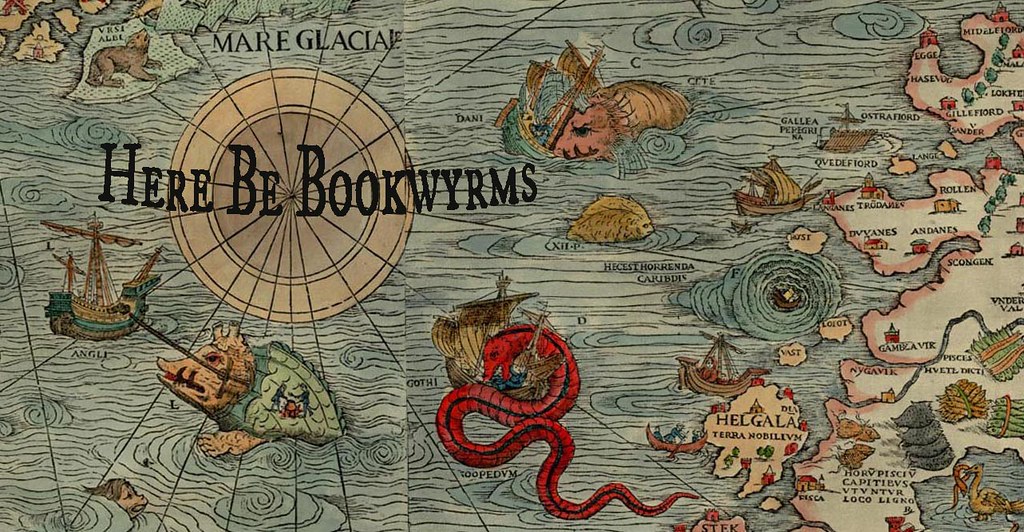It is 1763, just after the French and Indian War, and Caty is worried because there have been reports of raids on farmers around the valley, in retaliation of the English government going back on their treaties with the local villages regarding land ownership. Caty's father believes that their family will be safe if they show the Indians that they trust them, and has faith in the friendly relations the Quakers have had with the Delaware Indians in the past. Despite this, however, Caty and her brother Thomas are taken captive on their way to school one winter morning; after hearing the rumors at school of people being scalped, Caty fears the worst.
After a while, Caty loses track of the days, though curiosity and what seems like admiration causes her captors to allow her to continue writing in her diary, and from the day she and Thomas are taken, the book becomes a letter to their father, in case it should ever find its way back to him.
Once the small party reaches a village, Thomas is taken away: will she ever see him or the rest of their family again?



